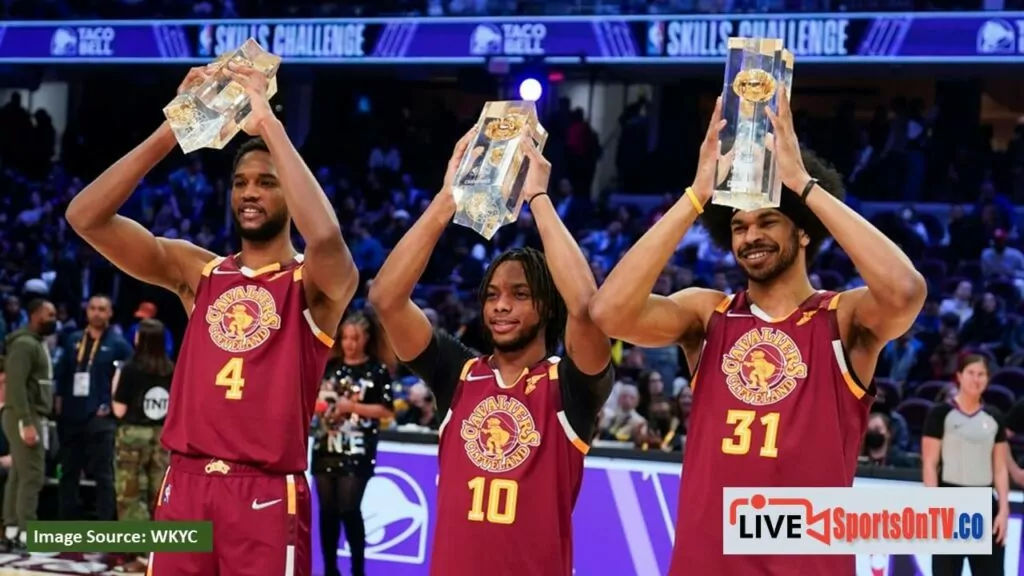NBA rebuilds are becoming more uniform. While there are variances, most follow this cycle:
- Spend some time being awful. Lottery choices.
- Make lottery picks playoff-ready.
- Trade future picks for a star to help young lottery picks win.
The offseason witnessed two textbook examples. Minnesota traded four first-round picks, one swap, and numerous players for Rudy Gobert. Atlanta traded three choices and a swap for Dejounte Murray after two straight postseason appearances.
Few Reasons for Sensible Progression
- The Knicks chose not to trade for Donovan Mitchell for that very reason.
- Paul George netted Victor Oladipo and Domantas Sabonis from a Thunder team willing to roll the dice on George before free agency, and while neither had the cache they would one day earn, Sabonis was a year removed from being picked No.
- So would any number of other players they could likely fetch in a second Mitchell trade if one becomes necessary.
- They wouldn’t need a Mitchell package to kickstart a rebuild.
- With Darius Garland, Evan Mobley, and Jarrett Allen still under team control, they’d be looking for veterans that fit alongside them.
- That doesn’t make this a bad trade for Utah.
- The Jazz has accumulated so much draft capital that at this point, mere diversification matters.
- Getting unprotected picks from another team increases the odds that things will go haywire for at least one of them down the line.
- But the Cavs shouldn’t be all that worried about sending Danny Ainge the kind of picks Brooklyn once did.
- Even if Mitchell decides not to stay in Cleveland, their future was already bright enough to avoid such a disaster.
- That’s security Atlanta and Minnesota didn’t quite have.
- The Hawks only have two years with Murray, and because of the CBA’s limiting extension rules, they’re in serious jeopardy of losing him as an unrestricted free agent if things go poorly.
- Minnesota’s risk lies in Gobert’s age.
- Neither team can as easily pivot out of their current roster if necessary as Cleveland can.
- That might not be true for Cleveland.
- They’re not even locked into their current supporting cast.
The Cavs could make room for Jerami Grant, Harrison Barnes, and Kyle Kuzma. LeBron James can become a free agent again in 2024 when Bronny James becomes eligible.

Finishing Words
All of this certainly contributed to the Cavaliers’ decision to trade away nearly all of their remaining draft capital, even though they aren’t obsessed with another James reunion.
The Cavs still have a lot of flexibility going forward, even without any more draft picks to deal with. They will be able to employ free agency the next offseason if they see fit. And if in two summers, they find themselves in need of another major trade, they can make that happen, too.
The exceptionally high floor provided by Garland and Mobley allows them to take these risks with confidence for the rest of this decade.
Now that they had a solid foundation, they gambled on Mitchell in an attempt to increase their ceiling, and the low-risk, high-reward transaction they made was the stuff of which front offices can only dream.
